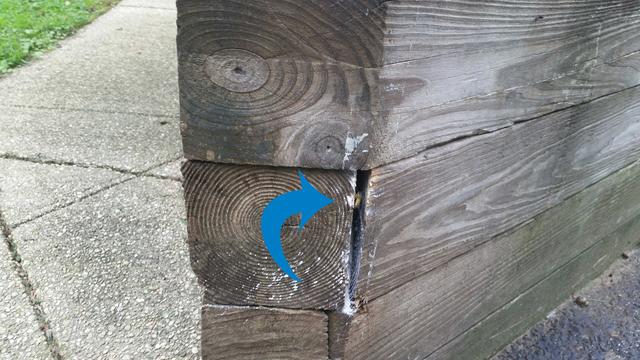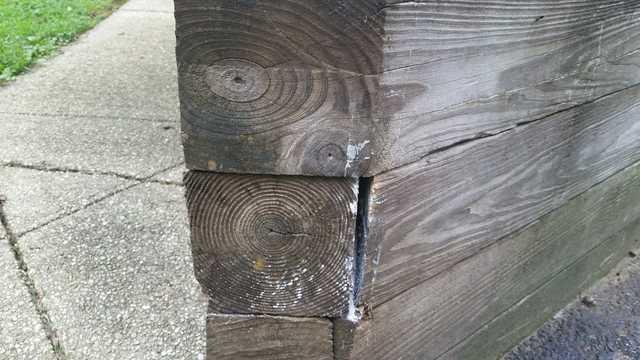Landscaper stung multiple times by wasps in Manalapan, NJ
Challenge
Recently, I was called out for a residential servicing in Manalapan, NJ to resolve a yellow jacket infestation. Yellow jackets are a type of wasp, and have the distinctive thin “waist” of a wasp as opposed to thick-wasted bees. These justly feared wasps are one of the most aggressive stinging insects found in New Jersey, Of all the types of wasps, they are perhaps the most easily identified with their yellow and black coloring. This conspicuous coloration on their abdomen is meant to serve as a loud and clear warning message to any potential predator to stay away. Unfortunately, to them, we are perceived as predators even though we want nothing to do with them. Yellow jackets are highly territorial social wasps and are anxious to attack at the slightest perceived threat to their nest. The lesson with this infestation is to inspect your property for yellow jacket nests before mowing the lawn or using a trimmer.
This homeowner found out about this infestation when a landscape crew was doing yard work on his property. One member of the crew was using his noisy, vibrating string trimmer (“weed-wacker”). He turned out to be in the wrong place at the wrong time. His activity put the wasps on high alert and he was stung multiple times. The homeowner, who did not even realize that yellow jackets were nesting on his property, contacted Cowleys immediately. He was extremely concerned because he is highly allergic to bees and wasps. While wasps stings (especially yellow jackets!) are painful for anyone, for those that have a systemic allergic reaction to the stings, these stings can be life-threatening. We treated this situation as a time-sensitive emergency stop and I arrived at the residence as soon as i was able to finish the assignment that I was on when the call came in.
The Eastern yellow jacket found in New Jersey may construct either above-ground or below-ground nests, but for these wasps, underground nests are far more common than aerial ones. For nest locations, they will look for any ground-level opening. While they commonly use rodent burrows, they will build nests almost anywhere. During my inspection, I determined that the wasps were nesting in two different holes in the ground as well as a hole in a railroad tie.
Solution
After locating their nests, it was time to treat the infestation. I knew that rain was forecasted so I chose a dust application that would still be effective after the rain. This particular dust returns to dust form when it dries out. As soon as I applied the product, yellow jackets starting coming out of the holes in droves, which is quite common since their nest is under attack. These yellow jackets would return to the nest to ensure to protect the queen and the rest of the hive. They will carry the product with them deeper in the nest, and this will expedite the elimination of the entire colony.


